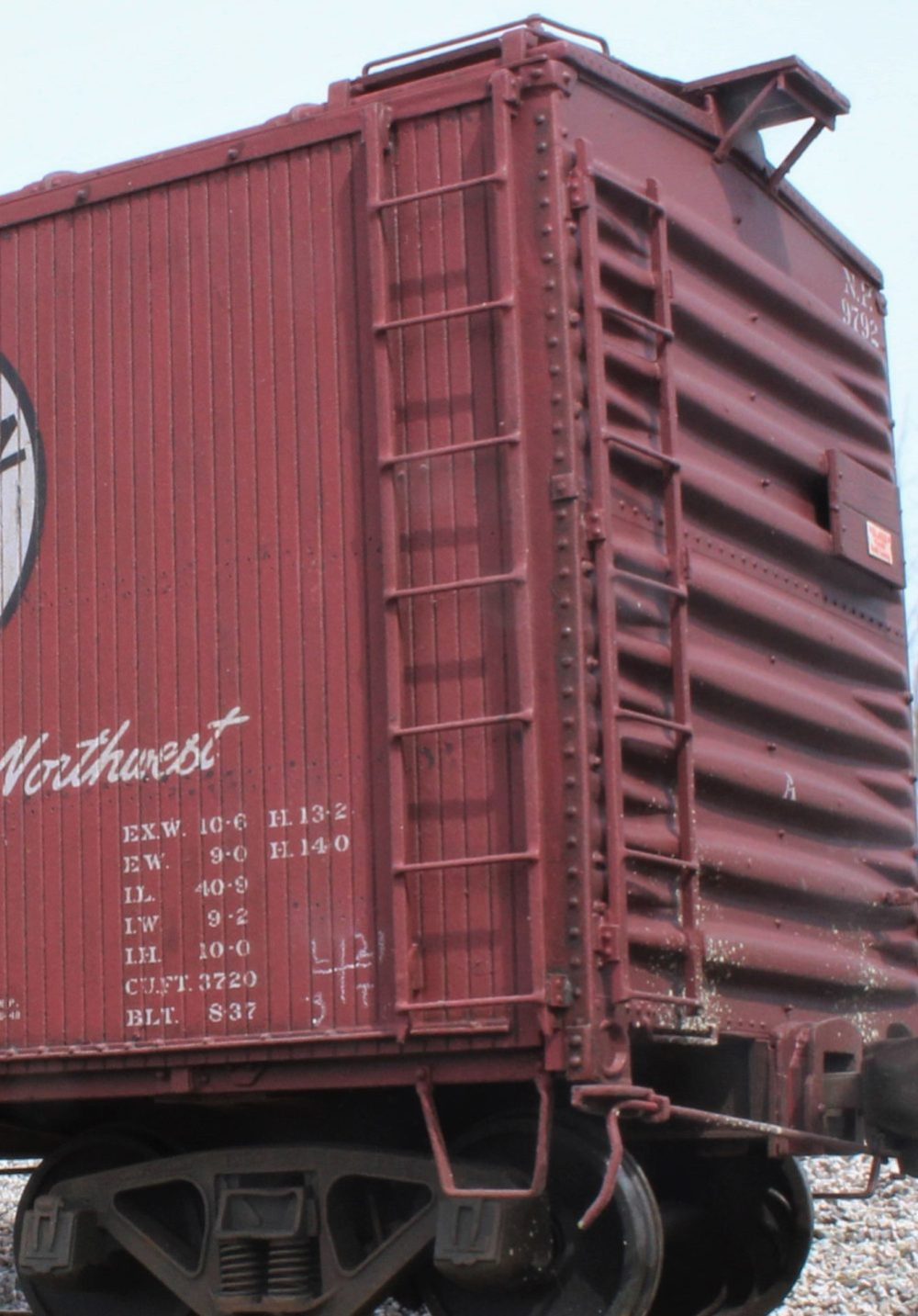The collection of prototype information and images has dramatically changed in the last ten years or so. In the past,we have relied on published material in magazines, books and historical societies for many years. In the last decade, there has been an explosion of information on the web with a significant contribution from pages of Facebook and other web sources.
I came across a series of photos 1954 shot on a joint section of track used by the Rock Island and Milwaukee Road. I found the pictures to be amazing depicting a ton of historical information. The subject of the photos was a wreck of a Milwaukee Road train due to a failed brake beam from a truck on a ART reefer.
The photos yield some useful modeling information in regards to color and weathering. The reefer appears to be recently painted based upon the sheen on many of the siding boards. The variation in color and reflectance of the paint is a subtle to show some weathering on the car. ART reefers had railing on the outside of the their ice hatches. I had not seen black paint on the piece of hardware before. The exposed truck shows moderate weathering from dust and small amounts of rust. The wheel fronts are caked with dirt mixed with axle grease. There isn’t much rust appearing on the truck. The top photo shows weathering on the car end from wheel splash. The color is darker than my expectation of a light brown or tan shade. Probably due to the color of earth in this region of the country.
The Warren tank car is at the other end of the block of derailed cars. The weathering on the tank body reflects road grime on the black tank bottom and frame. The white gray tank top has been shaded to a tan shade due to road grime.
The wrecking crew is busy getting the stockcar back on trucks. The Milwaukee Road had a fairly large collection of these wood stock cars. Rails Unlimited has (had) a urethane kit for this car.
The view has some tips on weathering rolling stock. The stock car end displays grime splash from adjacent cars. The ties are nearly buried in cinder and dirt roadbed.
Another fantastic view of the Milwaukee Road stocks. I am interested in the weathering effect on the trucks. The basic color appears to be a dirty/grimy shade. The journal lubricant mixed with grime mixed creates a layed of “stuff” caked on the journal body and lid. I wiil need to keep this in mind on my next build.
The photos show were taken by Rick Wilson April 12,1954 at Muscatine, IA. I found them on the Remembering the Rock Island page on Facebook.
Gene Deimling

















































































